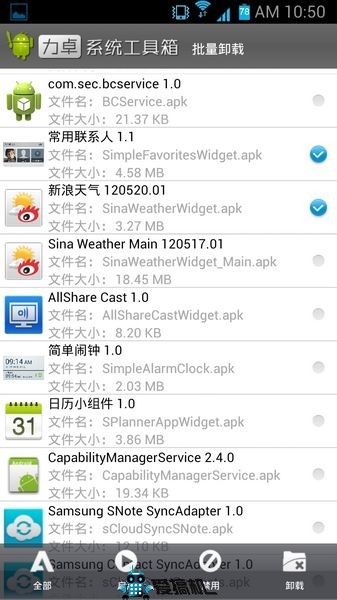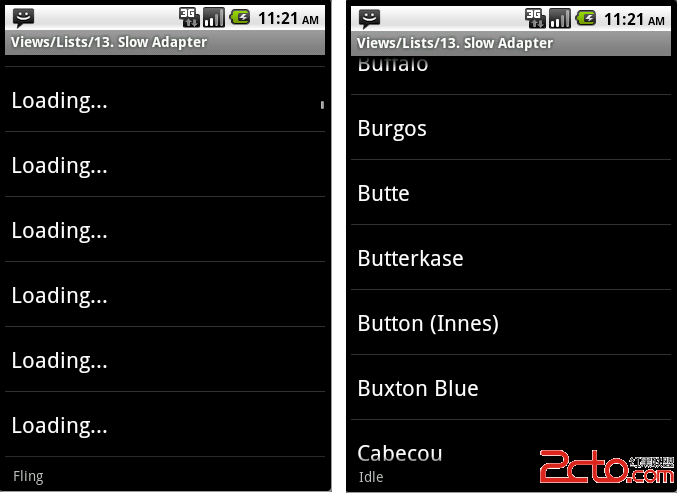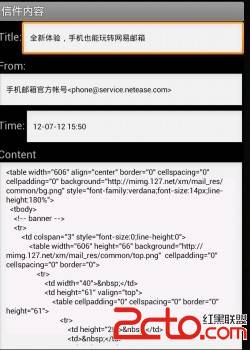Android测试TestSuite的执行方法
public class StartTest extends InstrumentationTestRunner { public TestSuite getAllTests() {
TestSuite suite = new InstrumentationTestSuite(this);
suite.addTestSuite(TestRunner.class);
return suite;
}
}
1、类需继承于InstrumentationTestRunner
2、函数名必须为getAllTests(),此为基类的虚函数。一开始一直没注意到,走了弯路,再此特别记录
3、并将testsuite返回至类
修改AndroidManifest.xml
<?xml version="1.0" encoding="utf-8"?>
<manifest xmlns:android="http://schemas.android.com/apk/res/android"
package="com.mobile.test"
android:versionCode="1"
android:versionName="1.0" >
<uses-sdk android:minSdkVersion="5" />
<instrumentation
android:name="android.test.InstrumentationTestRunner"
android:targetPackage="com.mobile" />
<instrumentation android:targetPackage="com.mobile"
android:name="com.mobile.test.StartTest"/>
<!--新添加的instrumentation,targetPackage为被测包名,name为testsuite的包名.类名-->
<application
android:icon="@drawable/ic_launcher"
android:label="@string/app_name" >
<uses-library android:name="android.test.runner" />
</application>
</manifest>
可以在eclipse里面右键执行Run configurations...
勾选Run all tests in the selected project,or package。选择测试工程名
Instrumentation runner,选择xml里面配置的com.mobile.test.StartTest
之后run吧~~
还可以用命令行执行
am instrument -w com.mobile.test/.StartTest
注:adb shell pm list instrumentation可以列出手机中的instrumentation
补充:移动开发 , Android ,




